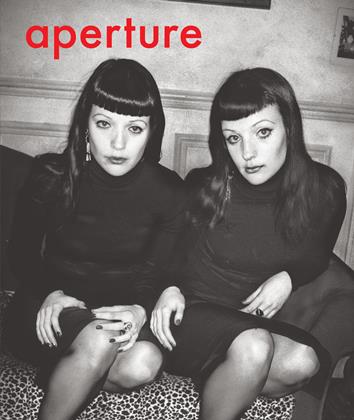Excerpts
Dissection: Photographs Of A Rite Of Passage In American Medicine, 1880-1930
Spring 2010 John Harley WarnerDissection: Photographs Of A Rite Of Passage In American Medicine, 1880-1930 John Harley Warner Spring 2010
DISSECTION: PHOTOGRAPHS OF A RITE OF PASSAGE IN AMERICAN MEDICINE, 1880-1930
John Harley Warner and James M. Edmonson
New York: Blast Books, 2009 The rise of a new genre in photography, typically depicting a small group of students posted in the dissection room with a single cadaver, reflected the importance students attached to the shared group experience of anatomical study. By the early 1880s, after technological changes had made photography widely available, such photographs proliferated at medical schools across the country. Like other group portraits, these photographs capture not only particular moments but also social relations—in this case, between the dissectors and cadaver, the lay community the dissectors had in some ways left behind, and the professional fraternity they were joining. Above all, it was a relationship among the dissectors that the photographs commemorated.
continued on next page
(Dissection continued)
Their sheer ubiquity is remarkable. Dissection photographs survive from schools in the north, south, and west; from urban centers such as Chicago, New York, and New Orleans as well as from small-town medical schools; in leading universityaffiliated schools as well as in patently proprietary institutions. . . . Students assembled before the camera at “regular” medical schools (those at the time called allopathic only by their critics), and homeopathic, osteopathic, and chiropractic schools, and dental schools, where the close kinship with medical education was reflected not least of all in the shared practice of human dissection.
—from John Harley Warner’s essay
 View Full Issue
View Full Issue
More From This Issue
-
 Witness
WitnessThe Iraqi Diaspora
Spring 2010 By Scott Anderson, Paolo Pellegrin -
 Work And Process
Work And ProcessWalid Raad (re)invents The Archive
Spring 2010 By Alan Gilbert -
 Dialogue
DialogueAnders Petersen Finding A Fever
Spring 2010 By The Editors, Jh Engström -
 Close Encounters
Close EncountersHead To Head: A Conversation With Marc Riboud & Elliott Erwitt
Spring 2010 By Amanda Hopkinson -
 Artist's Project
Artist's ProjectJohn Gossage
Spring 2010 By Gerry Badger -
 Archive
ArchiveFemme Fatale Zoe Crosher's Reconsidered Archive Of Michelle Du Bois
Spring 2010 By Jan Tumlir
Subscribers can unlock every article Aperture has ever published Subscribe Now
Excerpts
-
 Excerpts
ExcerptsPandemic: Facing Aids Essays By Kofi Annan, Nadine Gordimer, Et Al.
Summer 2004 -
 Excerpts
ExcerptsVitamin Ph: New Perspectives In Photography
Summer 2007 -
 Excerpts
ExcerptsLeah Bendavid-Val Song Without Words: The Photographs And Diaries Of Countess Sophia Tolstoy
Summer 2008 -
 Excerpts
ExcerptsRobert Stevens Yvon's Paris
Fall 2010 -
 Excerpts
ExcerptsHans Belting Looking Through Duchamp's Door
Fall 2010 -
 Excerpts
ExcerptsFrom Here To There: Alec Soth's America
Summer 2011


